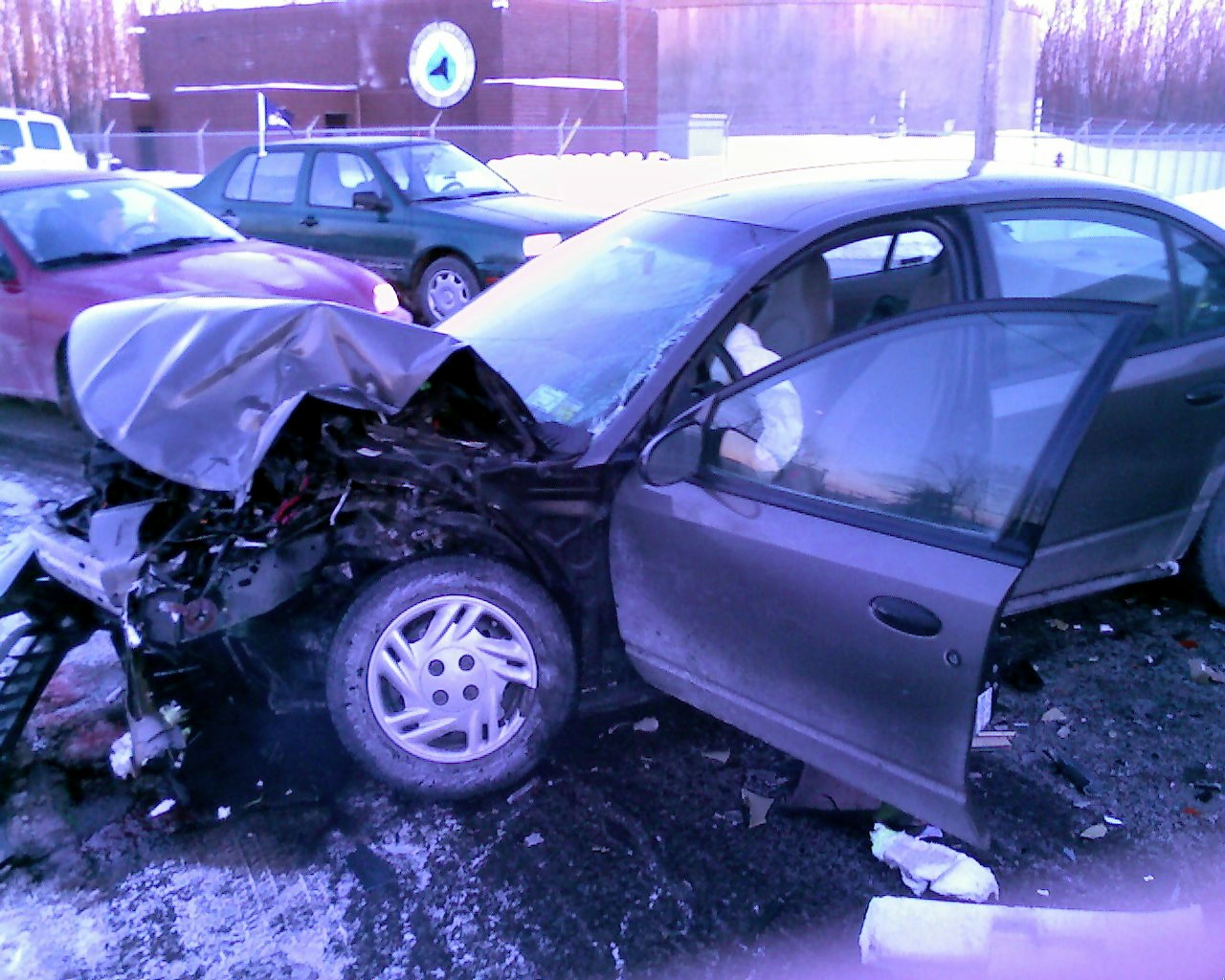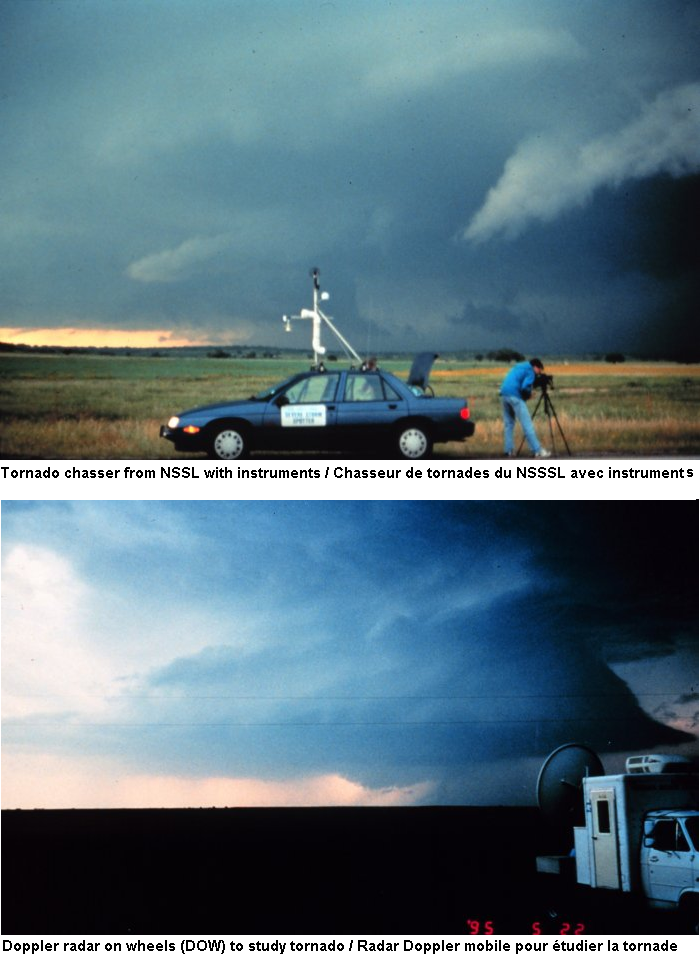|
Normalcy Bias
Normalcy bias, or normality bias, is a cognitive bias which leads people to disbelieve or minimize threat warnings. Consequently, individuals underestimate the likelihood of a disaster, when it might affect them, and its potential adverse effects. The normalcy bias causes many people to not adequately prepare for natural disasters, market crashes, and calamities caused by human error. About 70% of people reportedly display normalcy bias during a disaster. Cites: * * * * The normalcy bias can manifest in response to warnings about disasters and actual catastrophes. Such disasters include market crashes, motor vehicle accidents, natural disasters like a tsunami, and war. Normalcy bias has also been called ''analysis paralysis'', ''the ostrich effect'', and by first responders, ''the negative panic''. The opposite of normalcy bias is overreaction, or worst-case scenario bias,Schneier, Bruce"Worst-case thinking makes us nuts, not safe" CNN, May 12, 2010 (retrieved April 18, 2014); ... [...More Info...] [...Related Items...] OR: [Wikipedia] [Google] [Baidu] |
Cognitive Bias
A cognitive bias is a systematic pattern of deviation from norm or rationality in judgment. Individuals create their own "subjective reality" from their perception of the input. An individual's construction of reality, not the objective input, may dictate their behavior in the world. Thus, cognitive biases may sometimes lead to perceptual distortion, inaccurate judgment, illogical interpretation, or what is broadly called irrationality. Although it may seem like such misperceptions would be aberrations, biases can help humans find commonalities and shortcuts to assist in the navigation of common situations in life. Some cognitive biases are presumably adaptive. Cognitive biases may lead to more effective actions in a given context. Furthermore, allowing cognitive biases enables faster decisions which can be desirable when timeliness is more valuable than accuracy, as illustrated in heuristics. Other cognitive biases are a "by-product" of human processing limitations, resulting ... [...More Info...] [...Related Items...] OR: [Wikipedia] [Google] [Baidu] |
Fukushima Daiichi Nuclear Disaster
The was a nuclear accident in 2011 at the Fukushima Daiichi Nuclear Power Plant in Ōkuma, Fukushima, Japan. The proximate cause of the disaster was the 2011 Tōhoku earthquake and tsunami, which occurred on the afternoon of 11 March 2011 and remains the most powerful earthquake ever recorded in Japan. The earthquake triggered a powerful tsunami, with 13–14-meter-high waves damaging the nuclear power plant's emergency diesel generators, leading to a loss of electric power. The result was the most severe nuclear accident since the Chernobyl disaster in 1986, classified as level seven on the International Nuclear Event Scale (INES) after initially being classified as level five, and thus joining Chernobyl as the only other accident to receive such classification. While the 1957 explosion at the Mayak facility was the second worst by radioactivity released, the INES ranks incidents by impact on population, so Chernobyl (335,000 people evacuated) and Fukushima (154,000 evacuate ... [...More Info...] [...Related Items...] OR: [Wikipedia] [Google] [Baidu] |
Cassandra (metaphor)
The Cassandra metaphor (variously labeled the Cassandra "syndrome", "complex", "phenomenon", "predicament", "dilemma", "curse") relates to a person whose valid warnings or concerns are disbelieved by others. The term originates in Greek mythology. Cassandra was a daughter of Priam, the King of Troy. Struck by her beauty, Apollo provided her with the gift of prophecy, but when Cassandra refused Apollo's romantic advances, he placed a curse ensuring that nobody would believe her warnings. Cassandra was left with the knowledge of future events, but could neither alter these events nor convince others of the validity of her predictions. People have applied the metaphor in a variety of contexts, such as psychology, environmentalism, politics, science, cinema, the corporate world, and philosophy; it has been in circulation since at least 1914, when Charles Oman used it in his book '' A History of the Peninsular War'', Volume 5, published in 1914. "both of them agreed to treat the Ca ... [...More Info...] [...Related Items...] OR: [Wikipedia] [Google] [Baidu] |
Bystander Effect
The bystander effect, or bystander apathy, is a social psychological theory that states that individuals are less likely to offer help to a victim when there are other people present. First proposed in 1964, much research, mostly in the lab, has focused on increasingly varied factors, such as the number of bystanders, ambiguity, group cohesiveness, and diffusion of responsibility that reinforces mutual denial. If a single individual is asked to complete the task alone, the sense of responsibility will be strong, and there will be a positive response; however, if a group is required to complete the task together, each individual in the group will have a weak sense of responsibility, and will often shrink back in the face of difficulties or responsibilities. The theory was prompted by the murder of Kitty Genovese about which it was wrongly reported that 38 bystanders watched passively. Recent research has focused on "real world" events captured on security cameras, and the coherency a ... [...More Info...] [...Related Items...] OR: [Wikipedia] [Google] [Baidu] |
Black Swan Theory
The black swan theory or theory of black swan events is a metaphor that describes an event that comes as a surprise, has a major effect, and is often inappropriately rationalized after the fact with the benefit of hindsight. The term is based on an ancient saying that presumed black swans did not exist a saying that became reinterpreted to teach a different lesson after they were discovered in Australia. The theory was developed by Nassim Nicholas Taleb, starting in 2001, to explain: # The disproportionate role of high-profile, hard-to-predict, and rare events that are beyond the realm of normal expectations in history, science, finance, and technology. # The non-computability of the probability of consequential rare events using scientific methods (owing to the very nature of small probabilities). # The psychological biases that blind people, both individually and collectively, to uncertainty and a rare event's massive role in historical affairs. Taleb's "black swan theory" ... [...More Info...] [...Related Items...] OR: [Wikipedia] [Google] [Baidu] |
The Australian
''The Australian'', with its Saturday edition, ''The Weekend Australian'', is a broadsheet newspaper published by News Corp Australia since 14 July 1964.Bruns, Axel. "3.1. The active audience: Transforming journalism from gatekeeping to gatewatching." (2008). "''The Australian'' has long positioned itself as a loyal supporter of the incumbent government of Prime Minister John Howard, and is widely regarded as generally favouring the conservative side of politics." As the only Australian daily newspaper distributed nationally, its readership of both print and online editions was 2,394,000. Its editorial line has been self-described over time as centre-right. Parent companies ''The Australian'' is published by News Corp Australia, an asset of News Corp, which also owns the sole daily newspapers in Brisbane, Adelaide, Hobart, and Darwin, and the most circulated metropolitan daily newspapers in Sydney and Melbourne. News Corp's Chairman and Founder is Rupert Murdoch. ''Th ... [...More Info...] [...Related Items...] OR: [Wikipedia] [Google] [Baidu] |
Cognitive Distortion
A cognitive distortion is an exaggerated or irrational thought pattern involved in the onset or perpetuation of psychopathological states, such as depression and anxiety. Cognitive distortions are thoughts that cause individuals to perceive reality inaccurately. According to Aaron Beck's cognitive model, a negative outlook on reality, sometimes called ''negative schemas'' (or ''schemata''), is a factor in symptoms of emotional dysfunction and poorer subjective well-being. Specifically, negative thinking patterns reinforce negative emotions and thoughts. During difficult circumstances, these distorted thoughts can contribute to an overall negative outlook on the world and a depressive or anxious mental state. According to hopelessness theory and Beck's theory, the meaning or interpretation that people give to their experience importantly influences whether they will become depressed and whether they will experience severe, repeated, or long-duration episodes of depression. Ch ... [...More Info...] [...Related Items...] OR: [Wikipedia] [Google] [Baidu] |
Regression To The Mean
In statistics, regression toward the mean (also called reversion to the mean, and reversion to mediocrity) is the fact that if one sample of a random variable is extreme, the next sampling of the same random variable is likely to be closer to its mean. Furthermore, when many random variables are sampled and the most extreme results are intentionally picked out, it refers to the fact that (in many cases) a second sampling of these picked-out variables will result in "less extreme" results, closer to the initial mean of all of the variables. Mathematically, the strength of this "regression" effect is dependent on whether or not all of the random variables are drawn from the same distribution, or if there are genuine differences in the underlying distributions for each random variable. In the first case, the "regression" effect is statistically likely to occur, but in the second case, it may occur less strongly or not at all. Regression toward the mean is thus a useful concept to ... [...More Info...] [...Related Items...] OR: [Wikipedia] [Google] [Baidu] |
Cognitive Dissonance
In the field of psychology, cognitive dissonance is the perception of contradictory information, and the mental toll of it. Relevant items of information include a person's actions, feelings, ideas, beliefs, values, and things in the environment. Cognitive dissonance is typically experienced as psychological stress when persons participate in an action that goes against one or more of those things. According to this theory, when two actions or ideas are not psychologically consistent with each other, people do all in their power to change them until they become consistent. The discomfort is triggered by the person's belief clashing with new information perceived, wherein the individual tries to find a way to resolve the contradiction to reduce their discomfort.Festinger, L. (1957). ''A Theory of Cognitive Dissonance''. California: Stanford University Press. In '' When Prophecy Fails: A Social and Psychological Study of a Modern Group That Predicted the Destruction of the World'' ( ... [...More Info...] [...Related Items...] OR: [Wikipedia] [Google] [Baidu] |
Eschatology
Eschatology (; ) concerns expectations of the end of the present age, human history, or of the world itself. The end of the world or end times is predicted by several world religions (both Abrahamic and non-Abrahamic), which teach that negative world events will reach a climax. Belief that the end of the world is imminent is known as apocalypticism, and over time has been held both by members of mainstream religions and by doomsday cults. In the context of mysticism, the term refers metaphorically to the end of ordinary reality and to reunion with the divine. Various religions treat eschatology as a future event prophesied in sacred texts or in folklore. The Abrahamic religions maintain a linear cosmology, with end-time scenarios containing themes of transformation and redemption. In later Judaism, the term "end of days" makes reference to the Messianic Age and includes an in-gathering of the exiled Jewish diaspora, the coming of the Messiah, the resurrection of the righte ... [...More Info...] [...Related Items...] OR: [Wikipedia] [Google] [Baidu] |
Totalitarianism
Totalitarianism is a form of government and a political system that prohibits all opposition parties, outlaws individual and group opposition to the state and its claims, and exercises an extremely high if not complete degree of control and regulation over public and private life. It is regarded as the most extreme and complete form of authoritarianism. In totalitarian states, political power is often held by autocrats, such as dictators (totalitarian dictatorship) and absolute monarchs, who employ all-encompassing campaigns in which propaganda is broadcast by state-controlled mass media in order to control the citizenry. By 1950, the term and concept of totalitarianism entered mainstream Western political discourse. Furthermore this era also saw anti-communist and McCarthyist political movements intensify and use the concept of totalitarianism as a tool to convert pre-World War II anti-fascism into Cold War anti-communism. As a political ideology in itself, totalitarianism is ... [...More Info...] [...Related Items...] OR: [Wikipedia] [Google] [Baidu] |
Tornado Chaser
Storm chasing is broadly defined as the deliberate pursuit of any severe weather phenomenon, regardless of motive, but most commonly for curiosity, adventure, scientific investigation, or for news or media coverage. A person who chases storms is known as a storm chaser or simply a chaser. While witnessing a tornado is the single biggest objective for most chasers, many chase thunderstorms and delight in viewing cumulonimbus and related cloud structures, watching a barrage of hail and lightning, and seeing what skyscapes unfold. A smaller number of storm chasers attempt to intercept tropical cyclones and waterspouts. Nature of and motivations for chasing Storm chasing is chiefly a recreational endeavor, with chasers usually giving their motives as photographing or video recording a storm, or for various personal reasons. These can include the beauty of the views afforded by the sky and land, the mystery of not knowing precisely what will unfold, the journey to an undetermined ... [...More Info...] [...Related Items...] OR: [Wikipedia] [Google] [Baidu] |





_-_Galton_1889_diagram.png)



